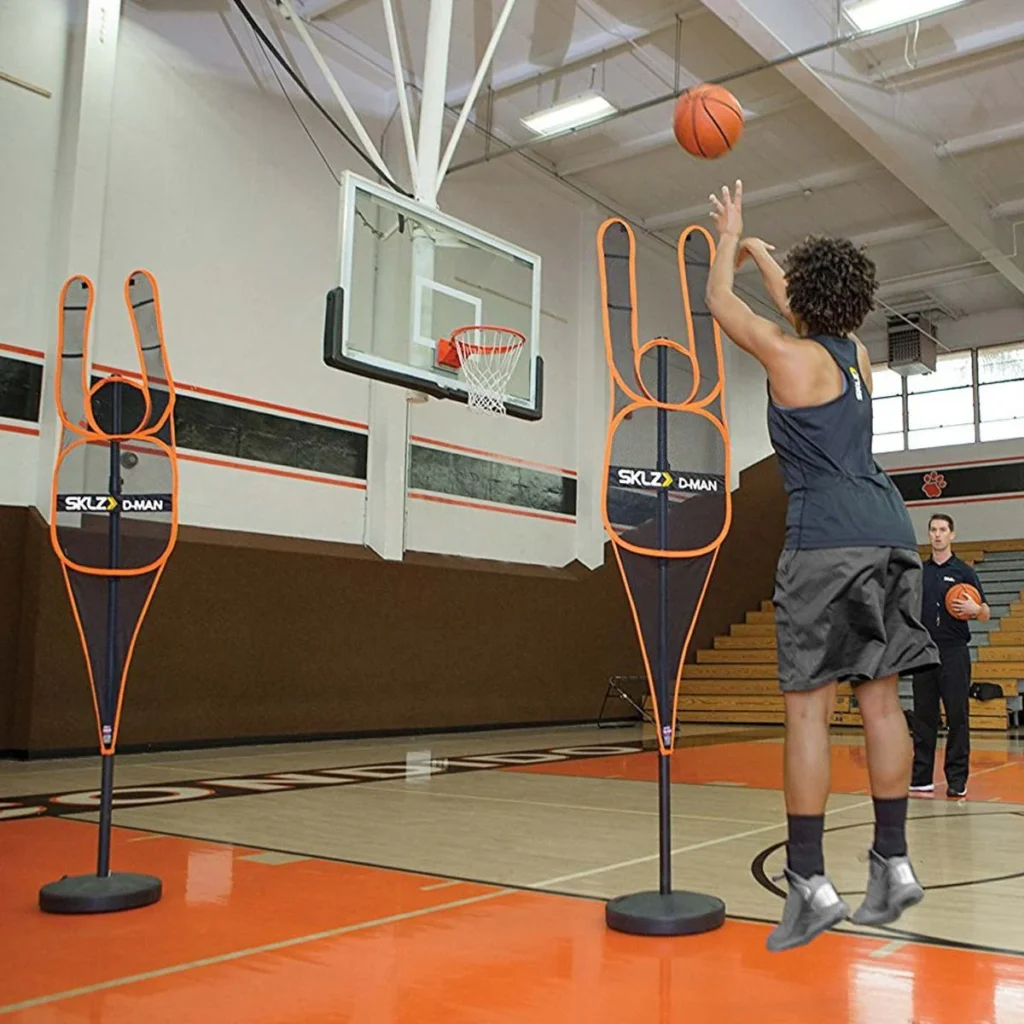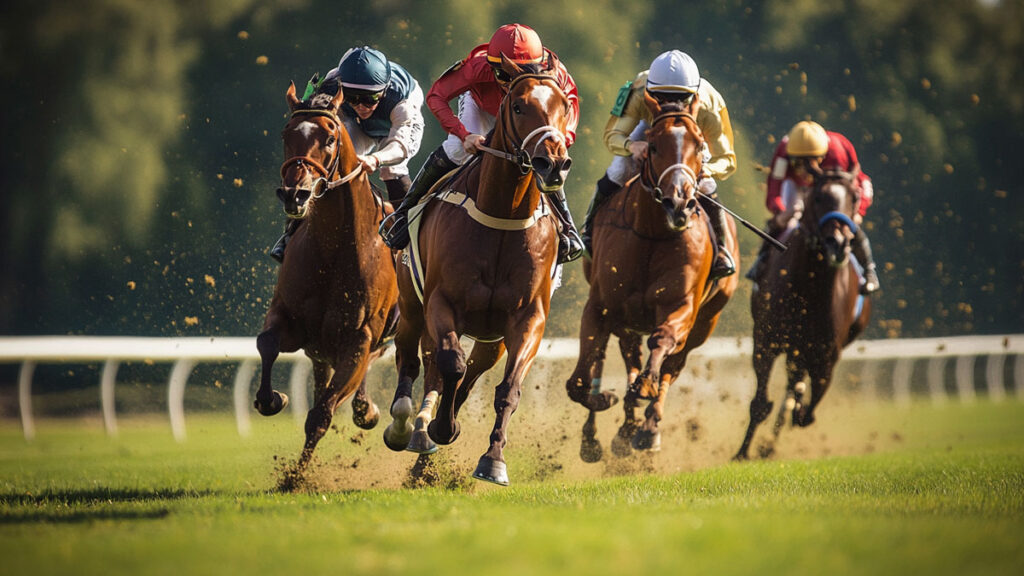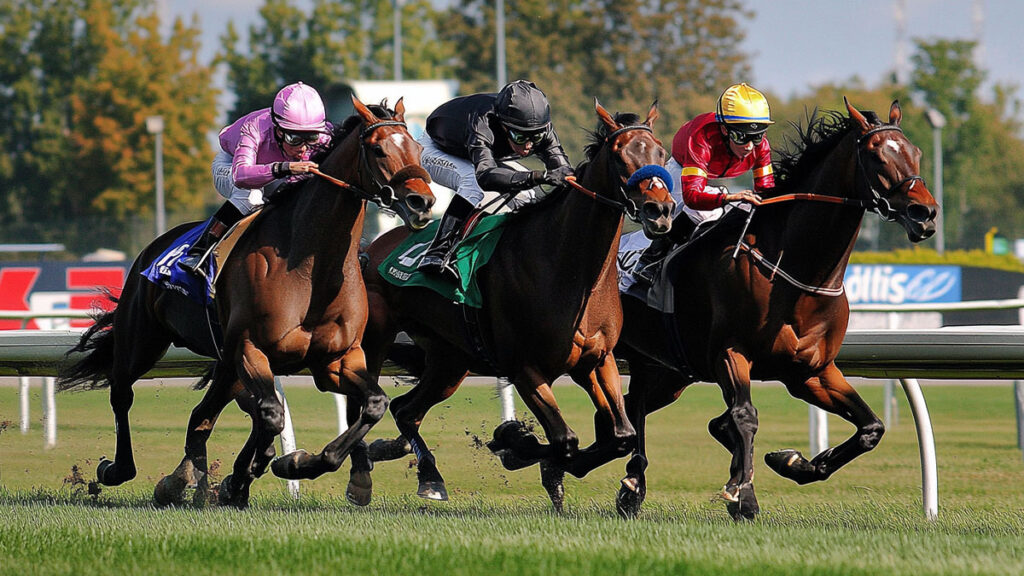
Basketball is a sport that demands a mix of physical fitness, technical skill, and mental sharpness. Whether you’re just starting out or playing at a professional level, using the right training equipment can dramatically enhance your performance. But the needs of beginners and pros can vary significantly when it comes to basketball gear. This ultimate guide breaks down the essential basketball training equipment for both beginners and advanced players, helping you choose the best tools to elevate your game.
Why Training Equipment Matters
Training equipment is more than just accessories—it’s a vital part of developing your basketball skills and physical conditioning. The right equipment helps you practice specific moves, improve strength and agility, and reduce the risk of injury. Consistent use of targeted training tools builds muscle memory and sharpens your technique, leading to greater confidence and consistency on the court.
Essential Equipment for Beginners
If you’re new to basketball, focus on gear that builds a strong foundation without overwhelming complexity. Here are some must-haves:
- Standard Basketball: Start with a good quality basketball appropriate for your age and skill level. Size 7 for men, size 6 for women, and size 5 for youth are standard. Choose one made with composite leather or rubber depending on whether you’ll play indoors or outdoors.
- Training Cones: Cones are inexpensive and versatile. Use them to set up drills that improve your dribbling, footwork, and agility. Simple cone drills teach you to control the ball while moving and changing direction.
- Agility Ladder: This helps develop quick feet, coordination, and cardiovascular endurance. Basic ladder drills improve your speed on offense and defense.
- Resistance Bands: Lightweight and portable, resistance bands strengthen key muscles like your legs, hips, and core, which are critical for explosive movements.
- Portable Hoop or Practice Nets: Having a hoop at home or in a backyard allows you to work on shooting anytime. Adjustable hoops grow with your skills.
Beginners should prioritize regular practice with these essentials to build solid fundamentals.
Advanced Equipment for Pros
Experienced players need more specialized gear to fine-tune their abilities and push their limits. Here’s equipment geared toward advanced training:
- Weighted Basketballs: Using a heavier basketball during training increases shooting strength and arm endurance. It’s important to use these cautiously to avoid strain.
- Dribbling Goggles: These prevent you from looking down at the ball, forcing you to keep your eyes on the court, improving court vision and ball control under pressure.
- Vertical Jump Trainers: These tools help increase your jump height by developing explosive leg power, essential for rebounds, blocks, and dunks.
- Fitness Trackers and Heart Rate Monitors: Monitoring your physical exertion during workouts helps optimize your training intensity and recovery.
- Advanced Agility Tools: Items like speed hurdles and reaction lights train rapid directional changes and reflexes, vital for competitive play.
- Smart Training Devices: Technology-infused equipment provides feedback on your shooting mechanics and dribbling, offering personalized insights to improve faster.
Equipment for Specific Skill Development
Some equipment focuses on developing specific basketball skills:
- Shooting Aids: Shooting machines and target nets help you practice accuracy and consistency by providing instant rebounding and repetition.
- Ball-Handling Tools: Gloves and dribbling rebounders enhance finger strength and dribbling control.
- Defensive Training Gear: Resistance parachutes and slide boards improve lateral quickness and defensive footwork.
- Conditioning Tools: Jump ropes, sleds, and balance trainers build endurance, power, and stability.
Choosing Equipment Based on Training Environment
Your training environment influences what equipment suits you best. For home practice, portable and space-saving tools like resistance bands and adjustable hoops are ideal. Outdoor players might prioritize weather-resistant gear and durable balls. Gym users can access a wider variety of equipment but should consider portability if they train in multiple locations.
Maintenance and Care Tips
To get the most from your training equipment, proper maintenance is essential. Clean your basketball regularly to preserve grip and material quality. Store cones and ladders in a dry place to prevent damage. Replace worn-out resistance bands or balls to avoid injury. Proper care extends equipment life and keeps training safe and effective.
Conclusion
Whether you’re a beginner laying the groundwork or a pro fine-tuning elite skills, having the right basketball training equipment is crucial for your growth. Start with the basics and gradually incorporate specialized tools that meet your evolving needs. Remember to consider your skill level, training environment, and goals when selecting gear. With the right equipment and consistent practice, you’ll see noticeable improvements in your game and confidence on the court.

